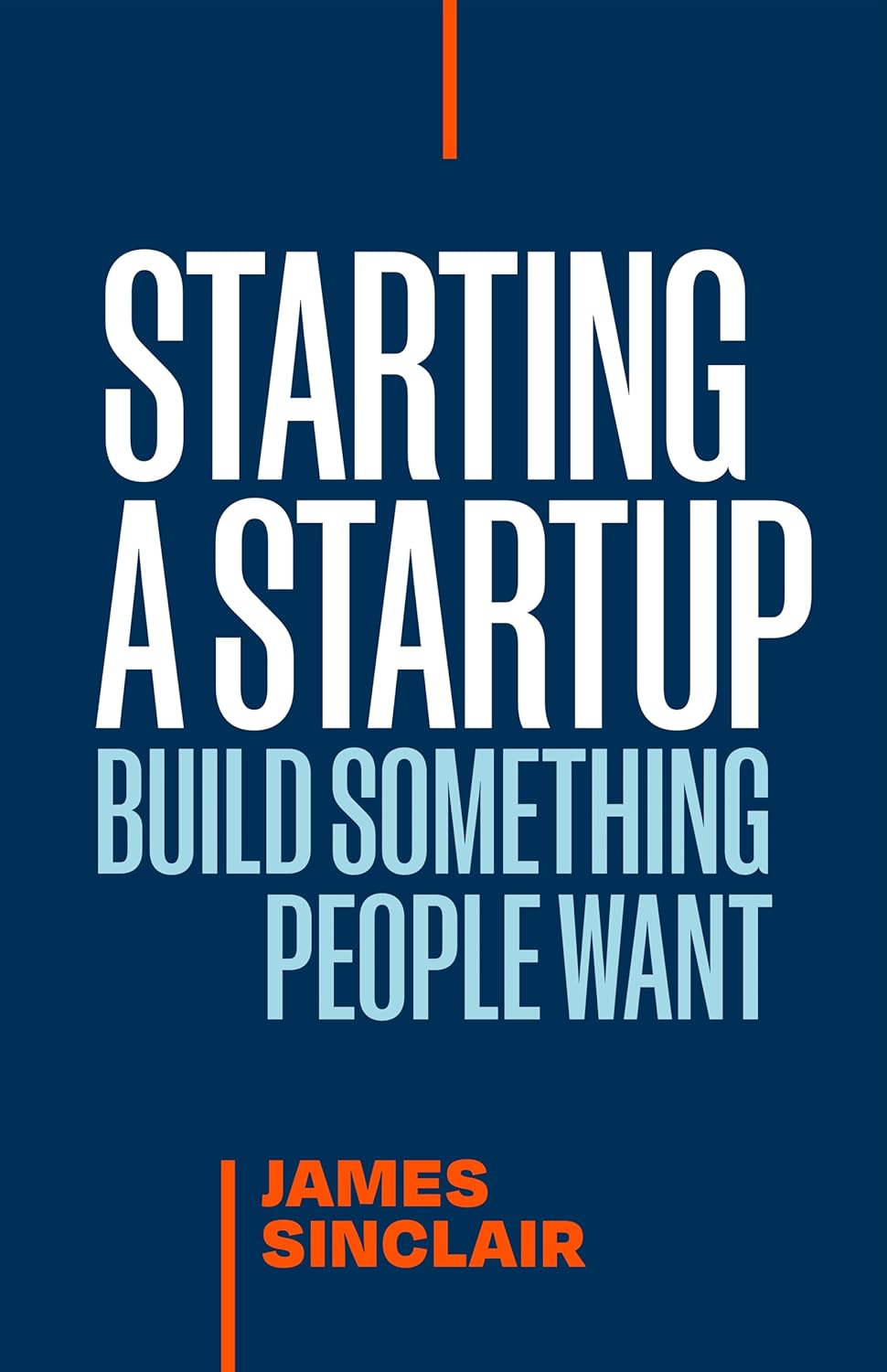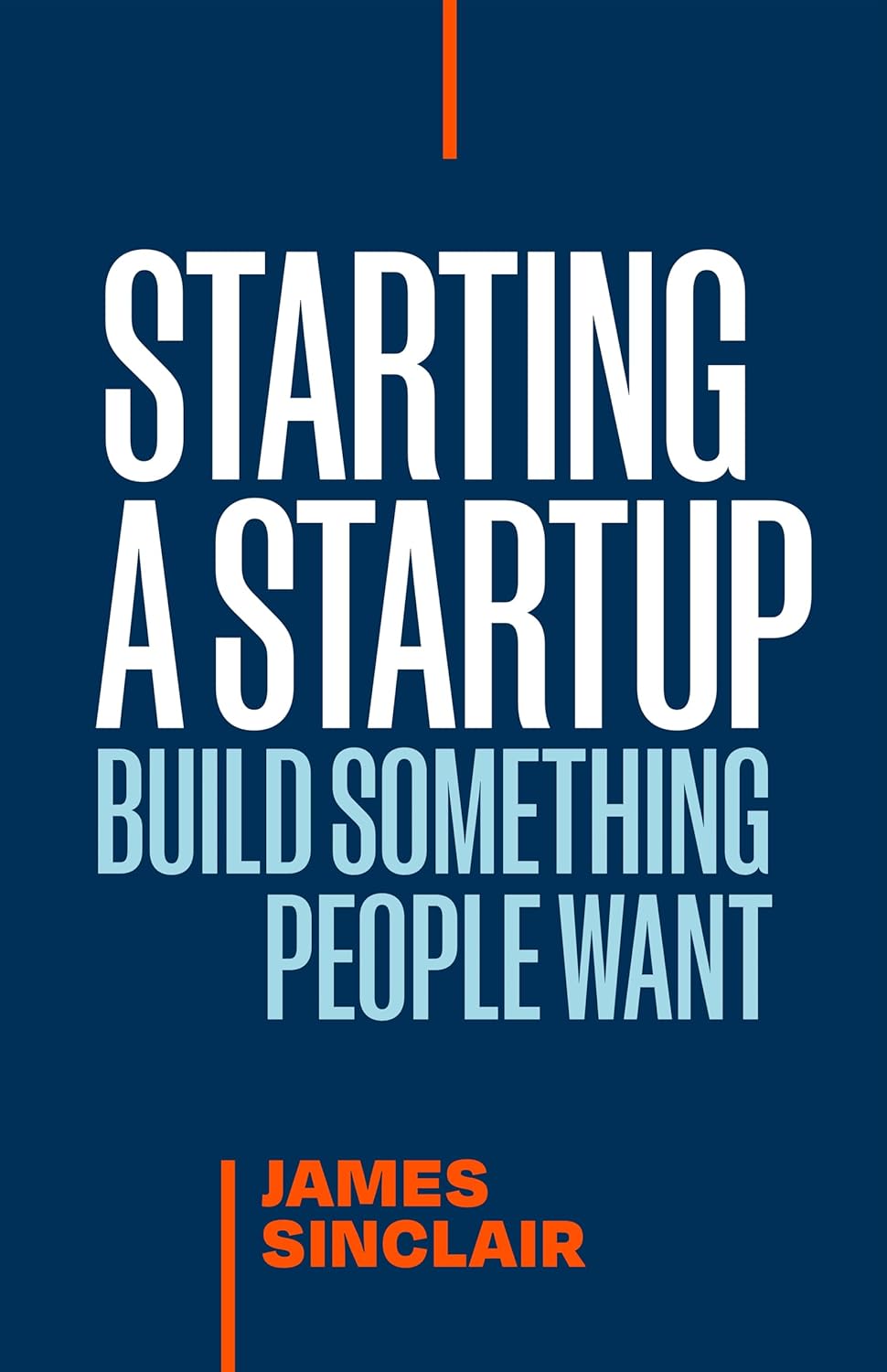Starting a StartUp by James Sinclair: A Reader’s Perspective
As an avid reader with a keen interest in entrepreneurship, I was immediately drawn to "Starting a StartUp" by James Sinclair. The book’s focus on tangible results rather than lofty theories resonated with my desire to understand the actual mechanics behind successful startups. Having seen numerous entrepreneurial ventures flourish or fail, I was eager to dive into Sinclair’s battle-tested framework, particularly given the alarming statistic that 90% of startups fail because they build products nobody wants.
From the very start, the book emphasizes a fundamental truth: "The fastest team to learn wins." This straightforward approach is incredibly refreshing in a space often saturated with vague advice. Sinclair’s assertion that execution is more vital than mere ideas aligns perfectly with my own observations in the entrepreneurial ecosystem. Many startups get caught up in perfecting their concept rather than understanding their market, and Sinclair’s guidance on validating ideas before moving forward is invaluable.
One of the standout aspects of this book is its practical structure. Each chapter is meticulously organized, providing step-by-step processes for validating an idea and constructing a reliable market strategy. This hands-on guidance is especially beneficial for first-time founders, as it prevents the pitfalls that often lead to wasted money and resources. I found this approach echoed in feedback from other readers, who praised the book for being devoid of fluff. Sinclair offers no-nonsense insights that are straightforward enough for anyone to grasp.
However, I did encounter a couple of drawbacks that some readers have also highlighted. For instance, while the book is rich in practical advice, some sections felt a bit repetitive. Sinclair emphasizes the importance of customer validation several times, which, although vital, could have been consolidated for a smoother reading experience. Additionally, a few concepts could benefit from more illustrative examples. I often found myself wishing for real-world case studies that could further cement the outlined strategies.
Despite these minor issues, Sinclair’s methodical approach did meet my expectations, particularly regarding the emphasis on execution and the straightforward nature of the guidance. His openness about the hard work required to succeed is both motivating and realistic. It’s refreshing to read a startup manual that completely skips over the “if we build it, they will come” myth, focusing instead on customer trust and market understanding. Sinclair’s point that “distribution beats product every time” hit home for me, as I’ve often seen the most innovative ideas fail due to poor marketing or distribution strategies.
Overall, "Starting a StartUp" is an exceptional resource for aspiring entrepreneurs. Sinclair delivers a no-nonsense, actionable guide that challenges readers to think critically and act decisively. If you’re willing to put in the hard work and are eager to avoid the mistakes that can sink new ventures, this book is a stellar starting point. While it does have a few slight drawbacks, the wealth of knowledge and practical strategies far outweigh them.
In conclusion, I highly recommend this book to anyone looking to embark on their entrepreneurial journey, whether you’re a seasoned professional or a novice starting from scratch. Following Sinclair’s blueprint might just be the difference between joining the 90% of failures or becoming part of that successful minority.








